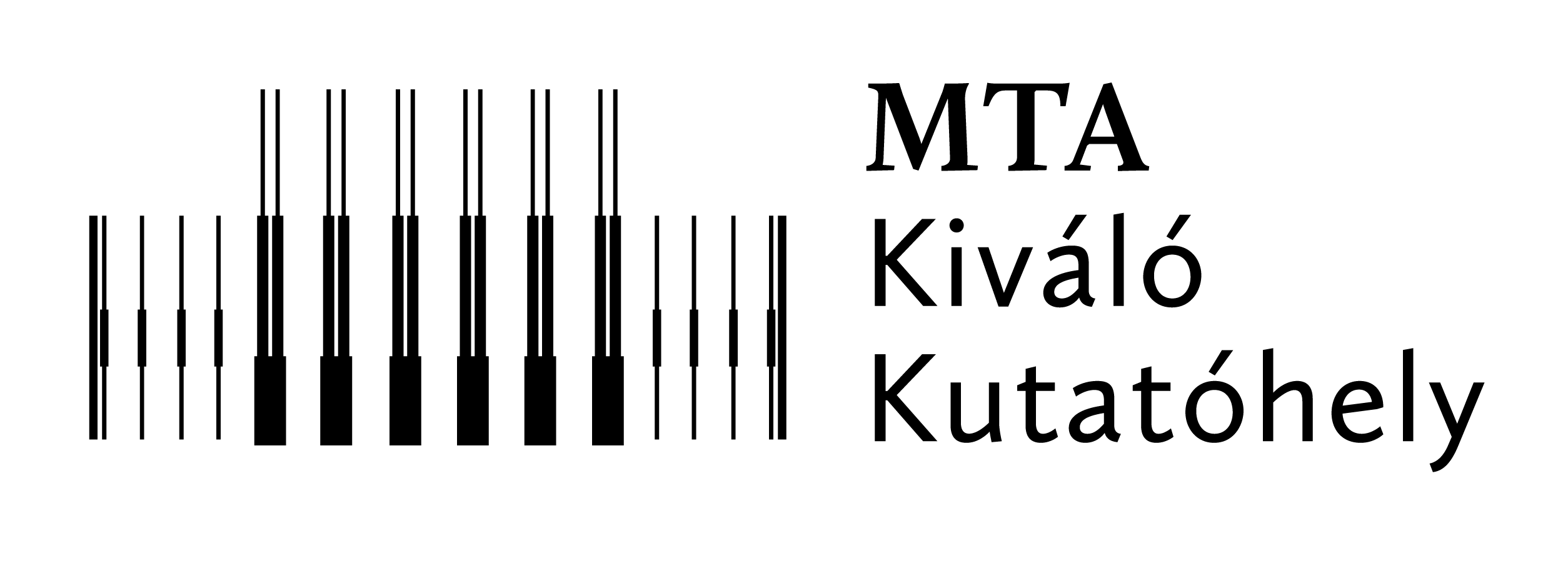Előadó: Pusztai László (SZFI)
Előadás címe: Understanding the structure of liquids: a 35-year long experiment
Dátum: 2022. November 29., 10:00
Helyszín: 1-es épület tanácsterem, zoom link: https://wigner-hu.zoom.us/j/82741420040?pwd=eU4wdVVPQ0ZCRjVjd0dCR2dsTW4…
Összefoglaló:
Traditionally, the determination of the structure of a liquid consisted of the following steps: (1) neutron/X-ray diffraction measurement, (2) corrections, to yield the structure factor (information in the reciprocal space), (3) Fourier-transformation, to yield the radial distribution function, RDF (information in real space), (4) interpretation of the RDF (for obtaining, e.g., the coordination number, i.e., the number of neighbouring particles in the first coordination shell). Possibilities for multicomponent liquids (e.g. simple molten salts, or pure water) have been very limited: the technique of neutron diffraction with isotopic substitution had to be applied. In the introductory part of the seminar, I will briefly outline this traditional route, along with some basic elements of the characterization of the liquid structure.
The situation has changed quite a lot with the appearance of the Reverse Monte Carlo (RMC) method of structural modeling [1]. In short, RMC makes use of a simulation box (containing thousands of particles) and moves atoms around until measurable structural information (most frequently, the structure factor) that is calculated for the simulation box becomes consistent with experimental data (within errors). A major advantage of the method is that no interatomic potential functions are necessary. In the second section of the presentation, the RMC algorithm will be introduced, with quite a few technical details. Difficulties, shortcomings and misunderstandings will also be discussed.
In the final part of the talk, I will provide an overview of what we have learnt about the structure of liquids by means of combining diffraction experiments and Reverse Monte Carlo modeling. Examples from the simplest of liquids, like liquid argon, to rather complicated ones, like liquid water and alcohols, will be touched upon. I will elaborate on the structure of one group of molecular liquids, those containing molecules of tetrahedral shape (e.g., carbon tetrachloride), where (as I believe, at least) a full picture could be provided [2].
[1] R. L. McGreevy, L. Pusztai, Molec. Simul. 1, 369 (1988)
[2] Sz. Pothoczki, L. Temleitner, L. Pusztai, Chem. Rev. 115, 24, 13308 (2015)



